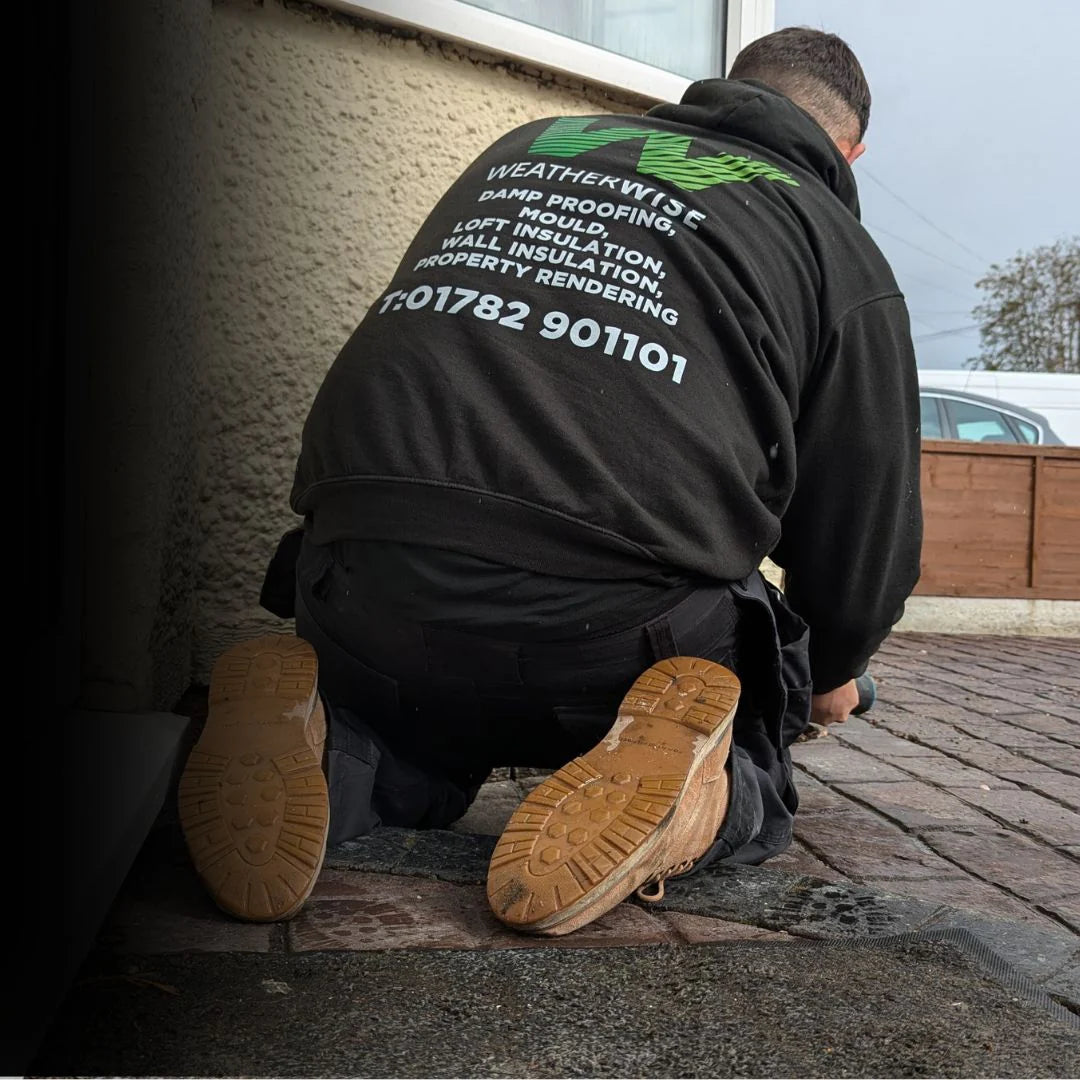🧱 What Is Salt Contamination – and Why Does It Matter?
When moisture rises through walls due to rising damp or long-term condensation, it carries salts from the ground or masonry. As that moisture evaporates, it leaves behind salt deposits that can damage plaster, ruin paintwork, and hold moisture in the wall.
This is known as salt contamination, and it’s one of the most common reasons damp returns after treatment—especially if standard plaster is used.
🔍 How to Spot Salt Contamination in Your Walls
✅ White, powdery deposits on plaster or masonry (efflorescence)
✅ Discolouration or tide marks that persist after drying
✅ Crumbly or blistered plaster that keeps flaking away
✅ Wall feels damp or cold, even when no water is present
✅ Mould or musty smells, despite no visible water source
These are signs that salts—especially hygroscopic salts—are drawing moisture out of the air and keeping your walls damp, even without active leaks.
💡 Why Standard Plaster Makes It Worse
Traditional gypsum or cement-based plasters trap moisture and react poorly with salt-contaminated surfaces. Even after a damp-proof course is installed, the wall may continue to appear damp if contaminated plaster isn’t removed.
🛠️ The Right Way to Fix Salt-Contaminated Walls
At Weather Wise Solutions, we use specialist salt-resistant plastering systems from PAM Ties to ensure long-term success.
Our approach includes:
✔️ Careful removal of contaminated plaster
✔️ Application of salt-neutralising treatments
✔️ Replastering with a breathable, salt-resistant system
✔️ Final finish ready for decoration once fully dry
We also follow internal wall care guidance from Historic England when working in traditional or heritage homes.
📞 Book a Free Wall Survey Today
If your walls are showing signs of salt contamination, don’t cover it up—treat it properly.
Book a Free Survey for your Home here with Weather Wise Solutions – specialists in breathable wall finishes and salt protection.



